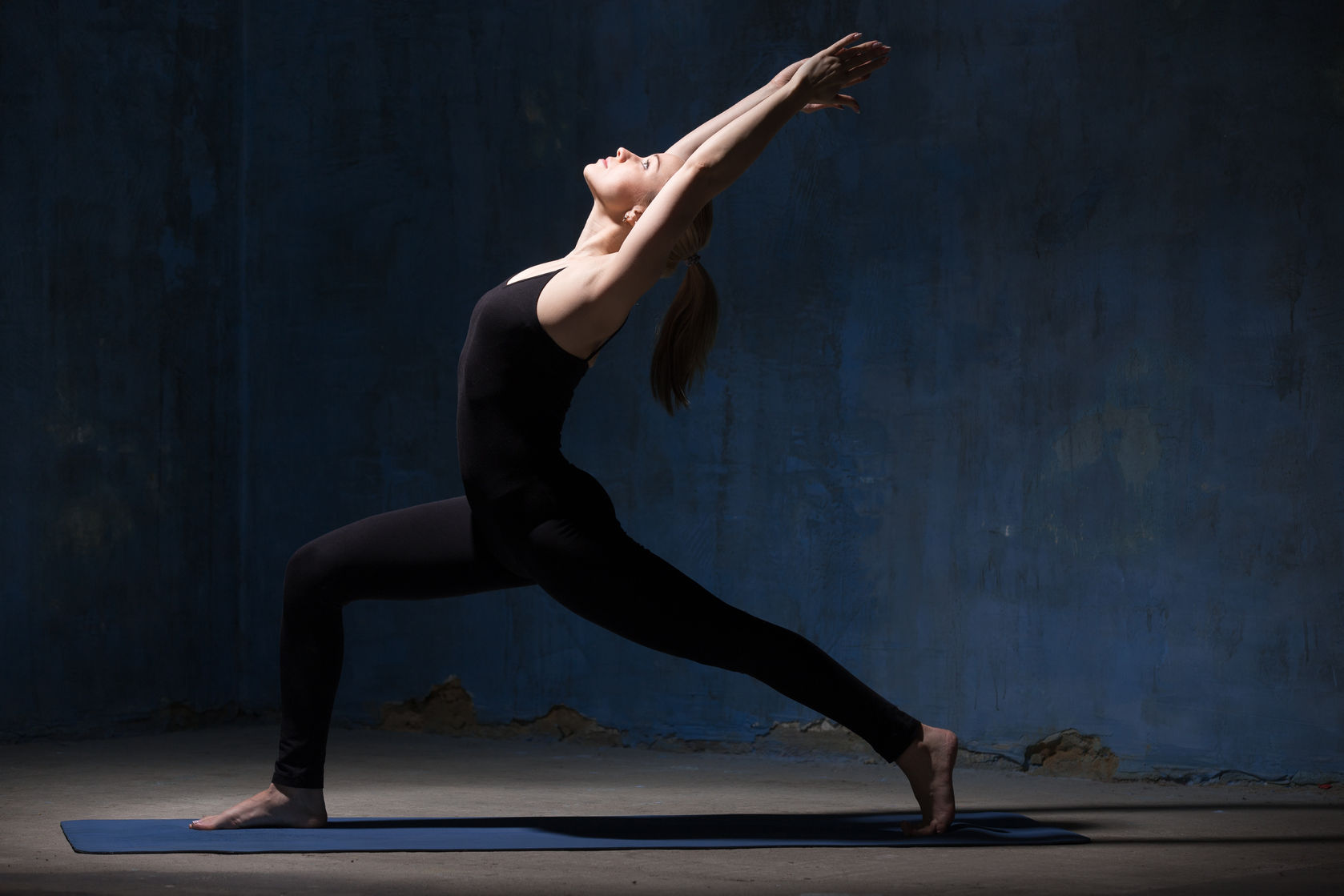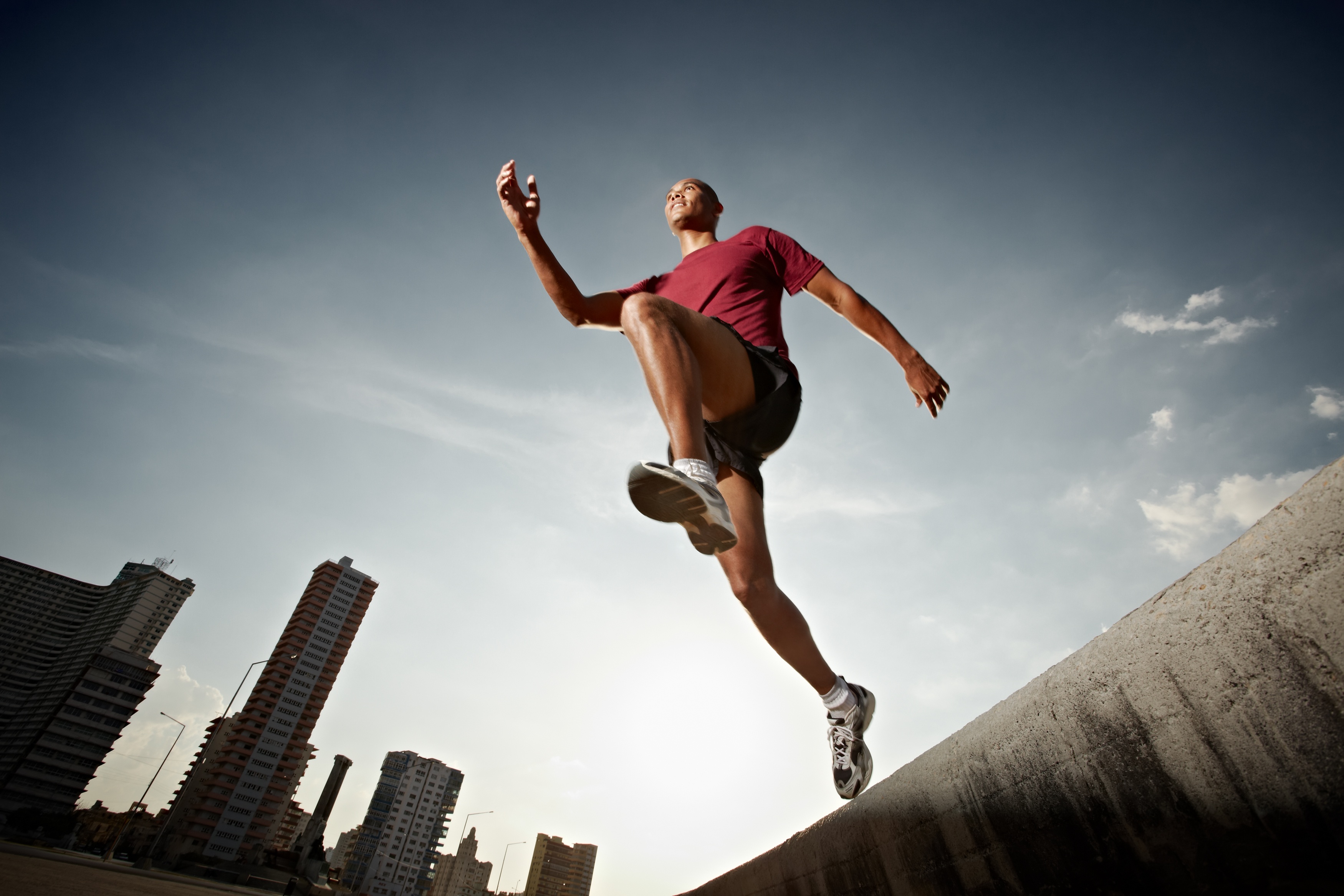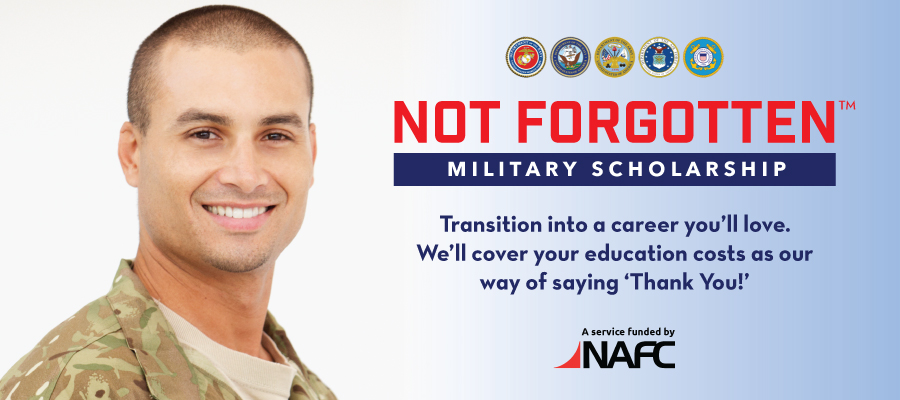February 2017 NewsBlast | Article 3
15 Feb 2017 / NAFCNAFC NewsBlast - February 2017 | Ed 3
The Anatomy of Hugging
By Tammy LeBoss | thefitprofoodie.com

HITT - It - Off With Couple’s Training!
Relationships can be tough. Don’t you agree? Proper maintenance of the human body, like any well-conditioned relationship involves a fine balance between pushing and pulling.
“But that is the way we are made: we don't reason, where we feel; we just feel.” --Mark Twain.
February is here, the month we celebrate our sweetheart. It’s time to get your heart in the game. But, what to do when the heart has been distant and remiss? Grab your partner, put on your heart-rate monitor, and uncover the power of couple’s training. Applying healthy competition and teamwork during couple’s training could re-fuel passion. Moreover, studies show shared goals, accountability and a vested interest in your partner's success provides a healthy bond between lifting/playing partners. Learn how you and your partner can ignite courage from the heart through a mutually supportive, collective collaboration. Invite the spirit of fun and play to meet the sensibility of good form—and you’ll have a winning combination.
So, you’ve got the desire but no motivation yet? Need an incentive to collaborate with a buddy, partner, lover? Heart-driven collaborations come with many benefits. According to psychologists, couples who sweat together really do stay together. Working out together can encourage couples to:
- Embrace support. Share a fitness goal such as training for a 5K, take a ‘date run’ together, or try something new such as salsa dancing lessons.
- Boost performance. Social psychologists say that the mere presence of someone else present affects our ability to perform. Couples can improve speed, power and endurance when bringing a partner along for a performance boost.
- Enjoy sweaty thrills. The sweaty symptoms of HITT can mirror physical arousal. You know—shortness of breath, sweaty palms, and a racing heart.
- Increase testosterone. Exercise increases testosterone production which boosts self-confidence, prowess and drive.
- Increase bonding. Get in tuned with your partner by mimicking them. Non-verbal mirroring can tell your partner that you’re tuned in. Walk or run your partner’s pace, mimic fun movements while tossing medicine balls, or match your partner’s rhythm in the squat/shoulder press combo, to name a few.
Give it a try! You might find the collective advantage of couple’s training could transform a stale and love-less workout. Apply it to believe it.
Understanding Your Internal Rotators: Hugging Made (Too) Easy
Hugging someone we truly care about is easy. Here’s a twist you may not have thought of: Hugging uses Internal Rotators. Understanding the Internal Rotators of the shoulders has to do with the fact that they’re powerful ‘hugging’ muscles. Included in this group of mighty muscles are the Pectorals, Latissimus Dorsi, Serratus Anterior, and Biceps. Because these muscles are super mighty, they make the act of hugging someone nearly (too) easy. Also, the act of hugging involves ‘pulling’ in which requires little effort. You may have noticed that the act of pulling is way easier than the act of pushing. Try it but don’t just do it. Feel it. (And don’t push your partner please.)
Hugging Boosts Happy Hormones.
Some scientists say that the act of hugging someone raises bonding hormones called oxytocin. Oxytocin is 1 of 3 very important happy hormones, and it doesn't take much to raise your levels. Warning: Side effects of hugging can include a mood boost and an increase in serotonins and other bonding hormones.
Chest Flys: A Hug Gone Wrong?
The Chest Fly exercise is a controversial topic possibly mimicking a hug gone wrong. Common mistakes involve 1. the concentric or the ‘hugging in’ phase, bringing the weights, cables, or hands to touch, and 2. During the eccentric phrase, arms go dangerously beyond the shoulder joint. The former action disengages the shoulder blades, which causes you to incorrectly lose your hug; the latter action creating hyper-extension. Be sure to learn more on why to never disengage a muscle while under a load. Revisit the ‘E’ of NAFC ANSER™ for best safety.
A common myth about Flys is that this exercise increases stretch to the chest. If aiming for aesthetic reasons, consider Risk/Benefit™ as this is not physiologically possible. Don’t let one bad overload cause a regretful relationship with your shoulders. Have the courage to challenge your ego with the question: Should I be doing this exercise? And, when is it appropriate?
The solution involves applying NAFC ANSER™: Here’s the set-up: Using cables, set yourself in a neutral spine and stand in a split squat positon. Square the hips. Incorporate this exercise into a 10-20 minute HITT or into a shoulder stability routine.
Pro Tip: Cue from the ground up. Although the primary mover involves the upper body, look at both feet and hip placements. Understand the effects of the kinetic chain.
Embrace good form.
Once shoulders are set in external rotation, put a slight bend in the elbows but keep the arms stiff, not locked. Upon the start of movement, arms should remain stiff and the same shape from beginning to end range. The key is to secure them as a fixed lever without locking the joint. Once shoulders are set with serratus anterior muscles properly ‘wrapped’ or ‘hugged’ to the ribcage, it’s important the arms should not change shape. Why? Because it changes a chest exercises into a bicep exercise. In other words, you’ve re-directed the load.
When it comes to properly executing Chest Flys remember the mighty ‘hugging’ internal rotators. For that winning relationship, find that subtle sweet balance between pushing (pecs) and pulling (Lats/SA). And when performing, avoid a full ‘embrace’ preventing the shoulders from rolling forward. Like the difference between a social hug and an intimate one, some hugs are most appropriate when given at arm’s length.
February 2017 NewsBlast | Article 2
02 Feb 2017 / NAFCNAFC NewsBlast - February 2017 | Ed 2
The Way of the Warrior
By Tammy LeBoss | thefitprofoodie.com

How to Flex Your Power in Warrior 1
“If you spend too much time thinking about a thing, you'll never get it done.” --Bruce Lee.
Reaching for the stars to achieve a goal can feel over-whelming. Instead of shooting for the stars to get everything done, completed or perfect, try starting with The Power of One (1). For example, choose One Focus, One Project for One Week, or One Month. With only so much time in a day, why not get up, take a mini-break and do One Yoga pose? To counter a hectic day after sitting or driving a lot, consider including Warrior 1 into your busy schedule. A focused application of Warrior 1 (or Crescent Lunge as a modification) lengthens your hip flexors which can ease back pain.
The modern day warrior lives in a sedentary society where many battle tight hip flexors. Most of us don’t take the time to stretch them out. According to physical therapists, tight hip flexors could be a major factor in chronic or recurring back pain. The hip flexors become tight when the hips are constantly placed in a flexed position—such as during sitting, driving, or even sleeping.
Like any other muscles, hip flexors will shorten structurally if they are not stretched. However, if we incorporate Warrior 1 into our regular practice, we’ll stretch the hip flexors. This helps them gradually return to their normal length and thus, can ease backaches.
As fitness instructors, the battle continues when cuing is not made simple. Common cues for Warrior 1 include the following:
- Square up the hip and keep the outer edge of the back foot down;
- Drag isometrically the back foot toward the front mat to help staying strong in pose;
- Connect and lift through the inner arch of the back foot.
Although well-intended, the above cues can be quite vague especially to new students.
Instructors may also cue students to square the hips hip-width apart.
A Pro Tip: For better accessibility in squaring the hips, try widening your stance; move the front and back feet further apart. This will allow more space in the low back/sacrum.
1 Solution Involves Tipping Your Hips
Correcting an anteriorly tilted pelvis can help decompress your lower back. Before entering Warrior 1, practice a strong posterior pelvic tilt. Stand with your back to a wall, moving from an anterior to a posterior tilt. Tip your hips using your fingertips to lift your ASIS (hip points) up and away from your thighs, pointing your tailbone down the wall. Feel your lower back move onto or toward the wall. This action can feel good as a warm-up while also building on both mobility and awareness.
To win the battle of tight hips, learn to flex your power. Keep learning about the mighty muscles of the hip flexors: the iliacus, psoas, rectus femoris, tensor fasciae latae, sartorius, and the adductors. Learn more about how NAFC Yoga 200™ is making yoga accessible to all. And understand that striving to get some place fast while stuck in an anterior pelvic tilt is a losing battle. Apply the power of Warrior I as a daily ‘must do’ exercise, and it won’t be long before you win the battle against low back pain and grumpy tight hips.
February 2017 NewsBlast | Article 1
01 Feb 2017 / NAFCNAFC NewsBlast - February 2017 | Article 1
One Way to Test for a Strong Core
By Tammy LeBoss | thefitprofoodie.com

Jumpstart the New Year with Power Rebounder™
Did you know that in sports, the vertical jump is one of the most explosive physical movements execute? In a number of sports, the higher the athlete is able to jump, the greater the prospects of success. For example, basketball and volleyball are the two sports in which one’s ability to jump is an indicator of overall athletic ability. The National Football League requires every player to be tested for both vertical leaps and sprints, irrespective of the position played.
For many athletes, learning to push the boundaries of jumping can be a game-changer. The vertical jump is defined as the highest point that the athlete can touch from a standing jump. This type of jumping activity can be developed and improved upon in the Power Rebounder™ experience. But, who should exercise rebounding?
The NAFC PowerCert™ was designed to be friendly and accessible for all fitness levels. By understanding and applying the safety principals of ANSER™, along with the PUSH™ principles of Power Rebounder, any ‘body’ can take their training to new heights. The benefits of Power Rebounder go beyond the fun beats of this music-driven program. Participation in rebounding activities has been scientifically proven to improve/accelerate physical detoxing.
Scientists and lymphologists encourage rebounding as a way to activate detoxification.
According to Dave Scrivens, Certified Lymphologist at UCSD explains:
“The body has a built-in need for activation. The lymph system, for example, bathes every cell, carrying nutrients to the cell and waste products away. Yet the lymph is totally dependent on physical exercise to move.”
Learn more about how vigorous exercise such as rebounding can increase lymph flow by 15 to 30 times.
The Primary Muscles Involved in Rebounding include Glutes, Legs and the Core.
In order to push to new heights, it’s necessary to understand the how’s and why’s a strong jump involves a combination of leg strength and explosive power. Secondly, the degree to how high a person can jump will be determined to a degree by the distribution of fast-twitch versus slow-twitch fibers present in the muscles of the legs. Lastly, a strong connection to core will also affect a graceful and safe landing. Try this pro tip for a proper landing:
To Land on your feet like a cat you would:
Concentrate on the mechanics of the jumping, directing propulsion from the balls of the feet and thrusting with an explosive extension of the legs, the ability of the athlete to land lightly and immediately return to the floor enhances motor control over the movement. Oh and don’t forget to bend the knees prior to executing that jump.
The Key:
One’s ability to land lightly onto their feet is affected by how strong the core musculature is. It is for this reason that both instructor and participants should understand the muscles that make up the core.
Whether you’re a trainer to athletes wanting to improve jumping power, or to Baby Boomers who need to work on balance and proprioception, learn more about Power Rebounder™. Jumpstart the New Year taking your training skills to new heights. Through this NAFC PowerCert™ you’ll learn to PUSH™ the boundaries safely and effectively, jumpstart stubborn metabolism, and enjoy the many benefits of jumping the smart way.
begin ... prev 11 12 13 14 15 16 17 18 19 20 21 22 23

